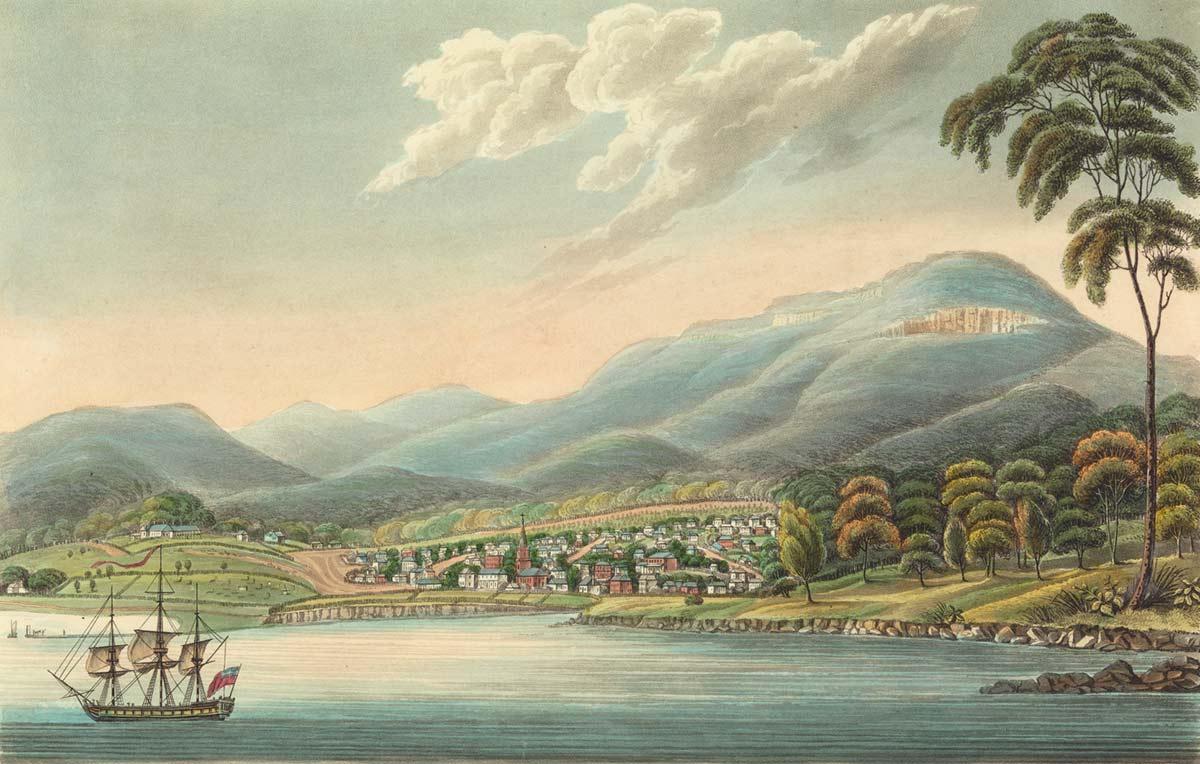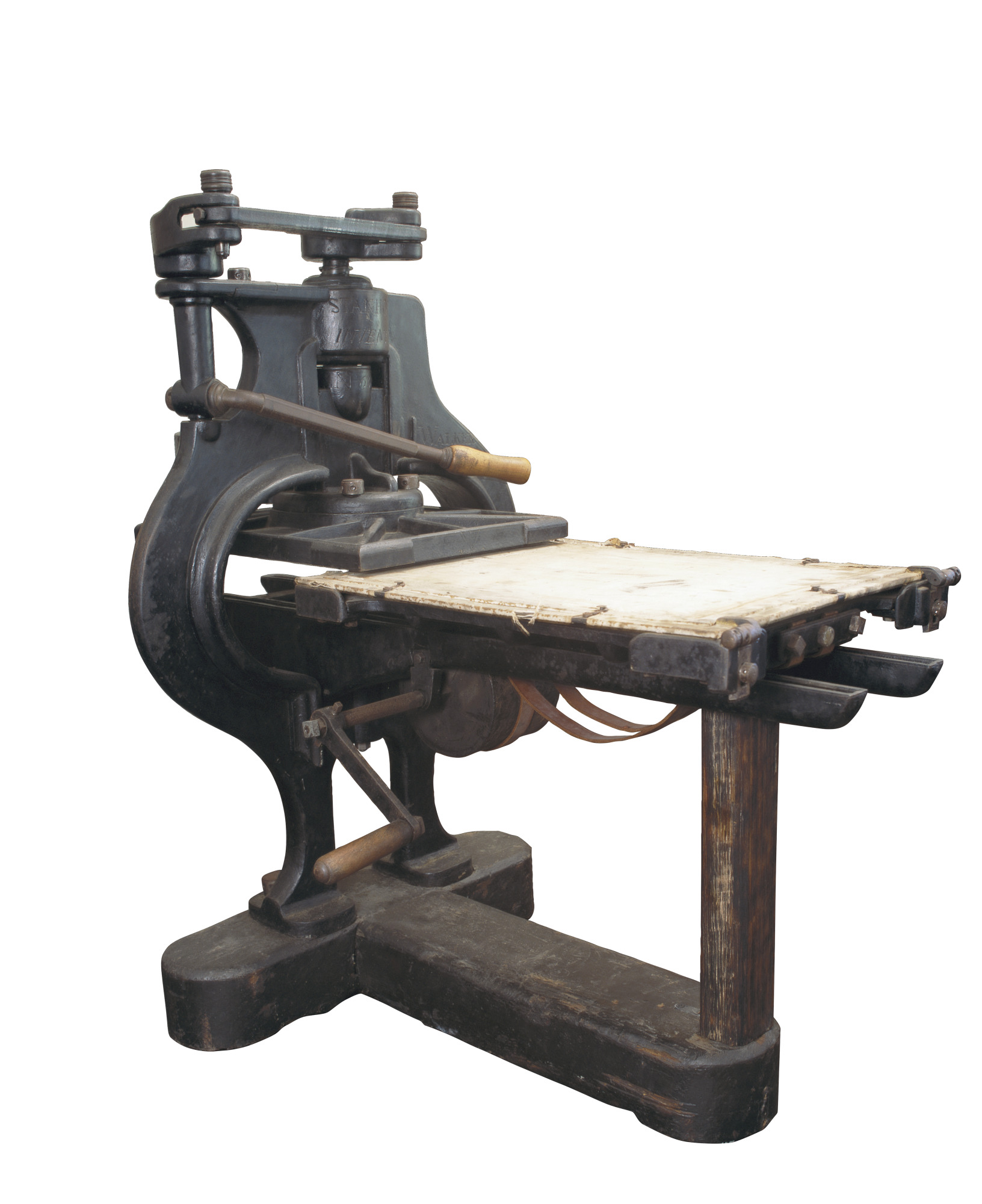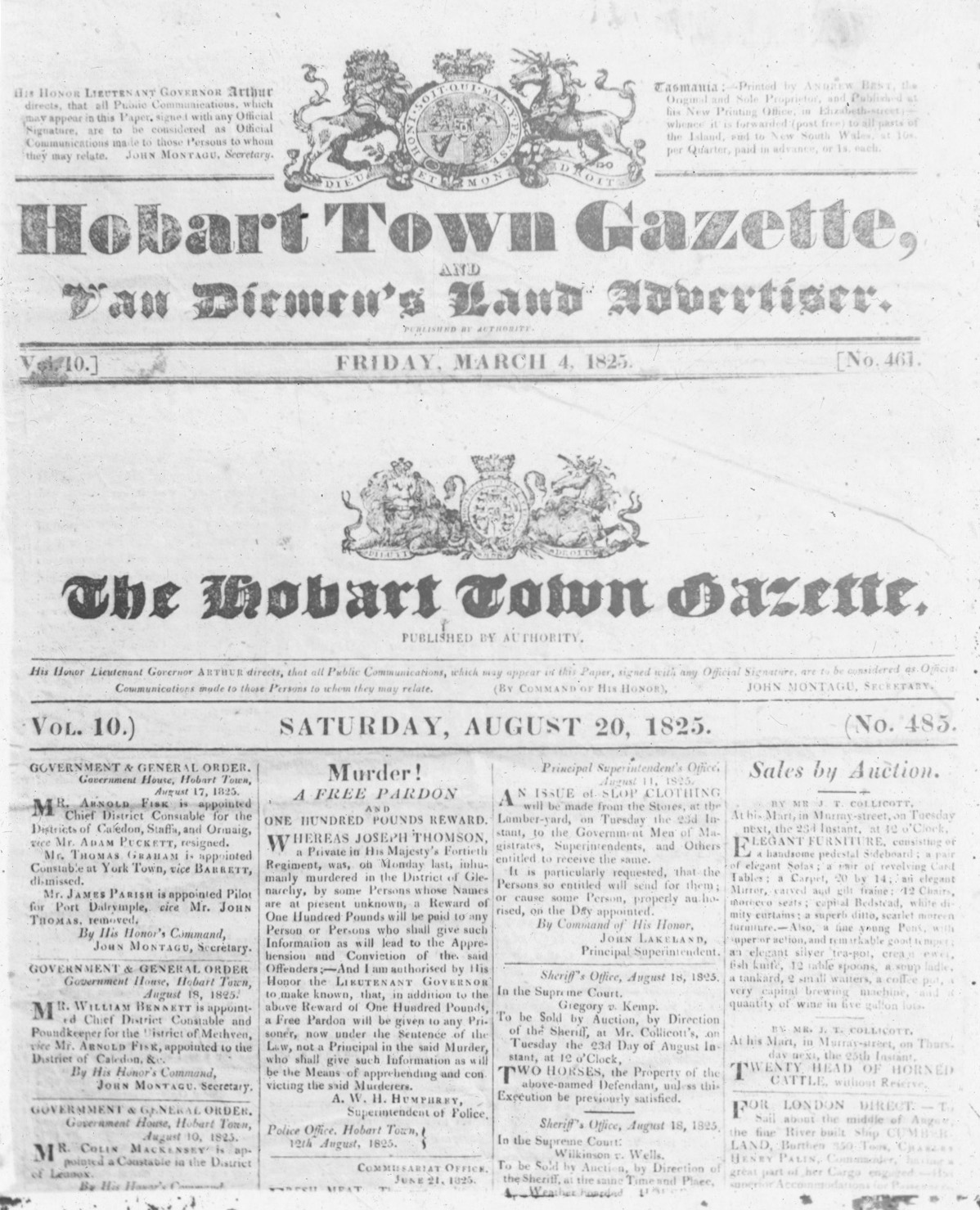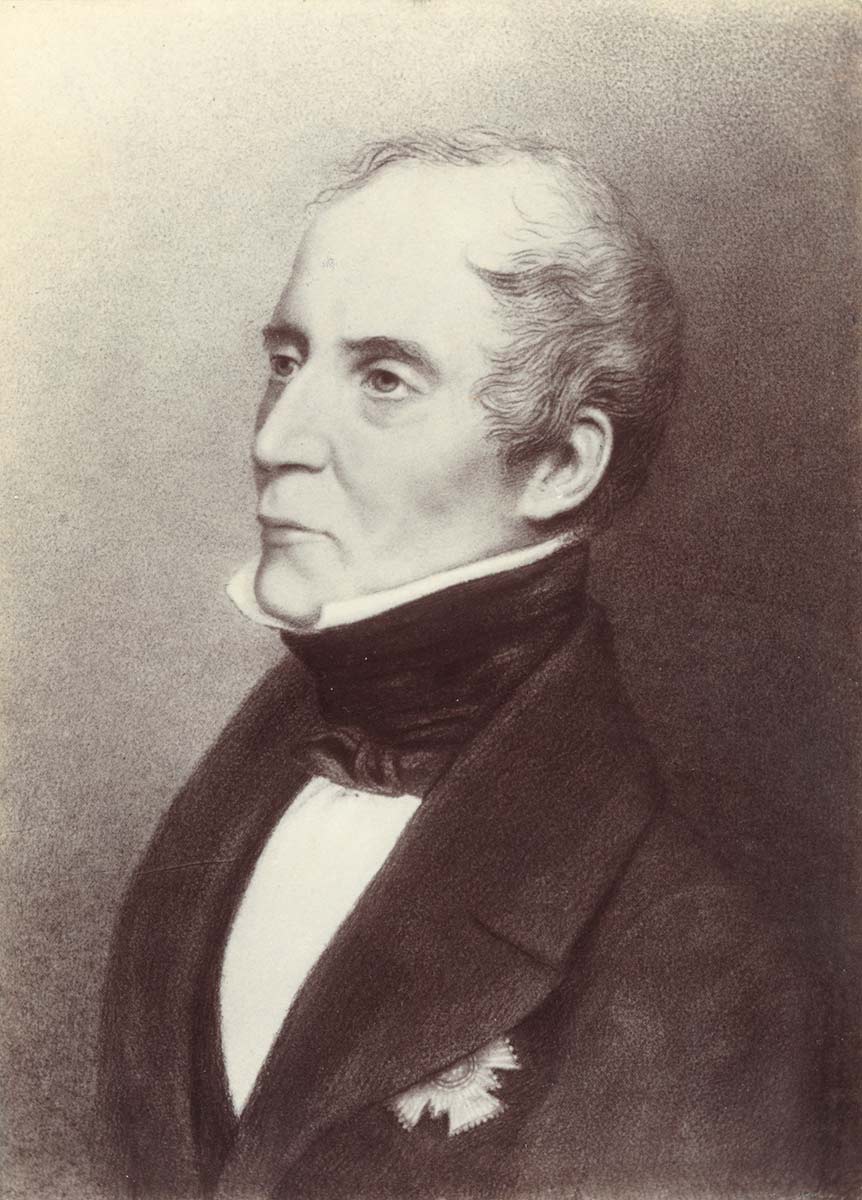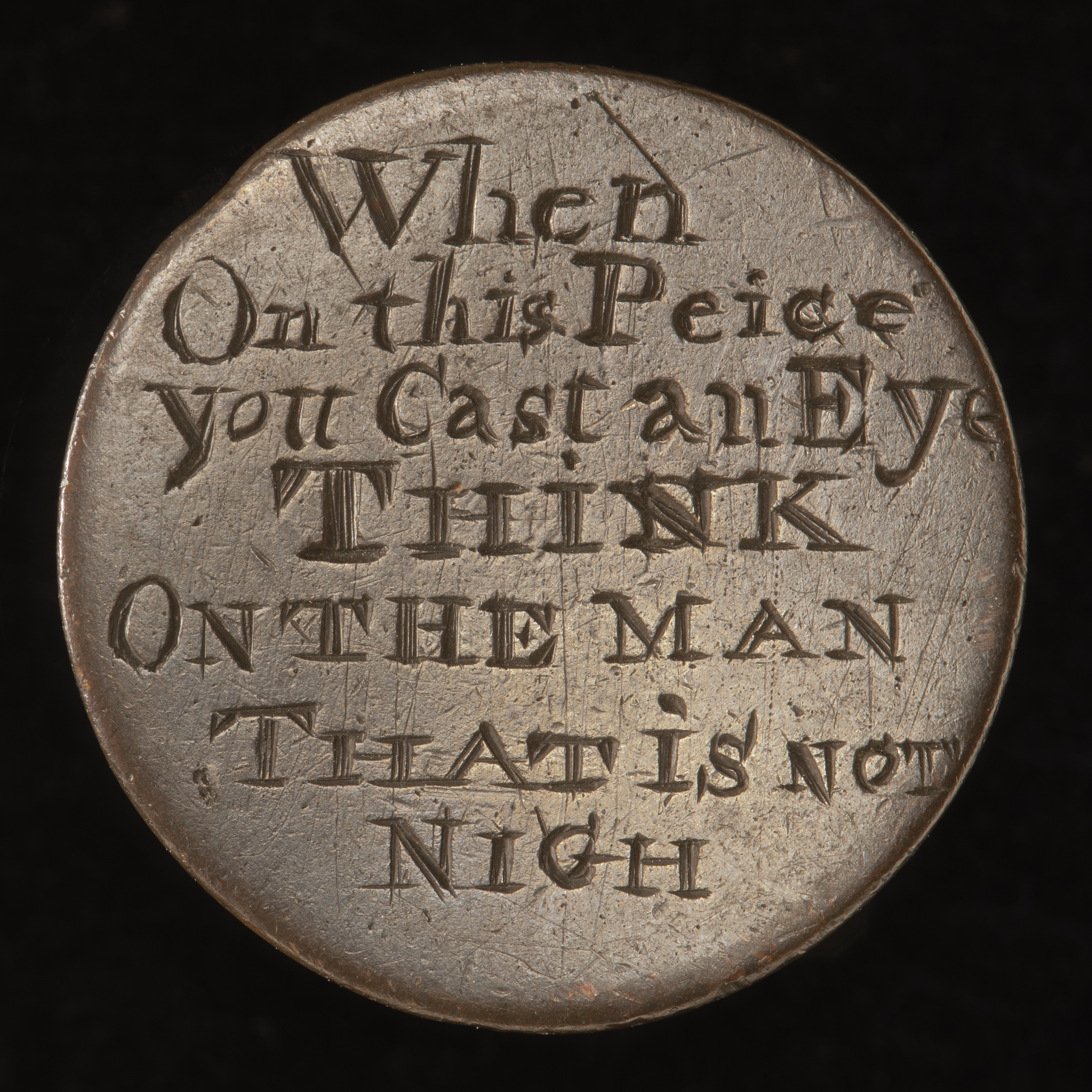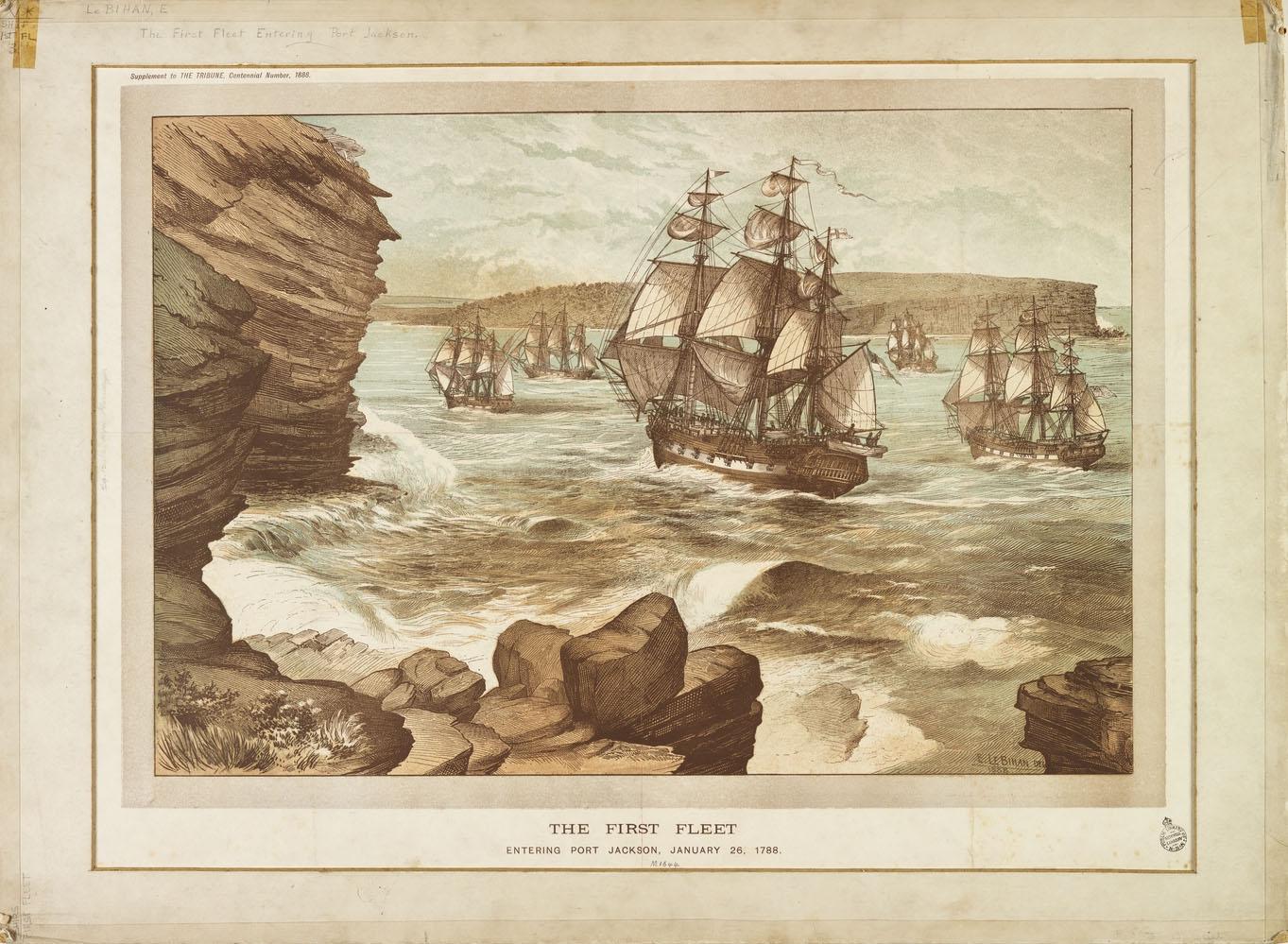The battle for uncensored news
1824: Ex-convict Andrew Bent founds the first free press in the Australian colonies
The battle for uncensored news
1824: Ex-convict Andrew Bent founds the first free press in the Australian colonies
In a snapshot
On 4 June 1824 Andrew Bent printed the Hobart Town Gazette without the approval of the government. This was the first time a newspaper had been published in Australia without government permission. Bent kept publishing his newspaper and was given permission to do so from the New South Wales Governor. But Van Diemen’s Land (Tasmanian) officials tried to close his newspaper, arrested him four times for stories he had published, and even imprisoned him. Despite this, the beginnings of a free press had taken root in Australia.

 Can you find out?
Can you find out?
1. Why were Australia’s first newspapers censored by the government?
2. What was different about edition 422 of the Hobart Town Gazette and Southern Reporter?
3. What happened to Andrew Bent after he began to publish letters and reports critical of the government in Tasmania?
Australia’s first newspapers: public safety or press freedom?
The Sydney Gazette and New South Wales Advertiser, published in 1803, was the first newspaper printed in Australia. In the early days of the colony there was no such thing as a ‘free press’: all newspapers were edited and censored by the government. Governor of New South Wales Ralph Darling argued censorship was necessary because some newspaper reports might create disobedience within the convict population and endanger the safety of the colony.

Who were Andrew Bent and Henry Emmett?
Andrew Bent was a convict who arrived in Australia in 1812. He soon began working in the newspaper industry in Hobart, and in 1816 he became the printer of the Hobart Town Gazette and Southern Reporter. Like all other Australian newspapers, Bent’s newspaper was controlled and censored by the colonial government.
When Lieutenant Governor William Sorell arrived in Hobart in 1817, he took a personal interest in carefully checking the newspaper. In 1823 Sorell chose the free settler Henry Emmett to censor Bent’s newspaper. Emmet was given the title ‘editor’ and paid £100 a year by Bent.
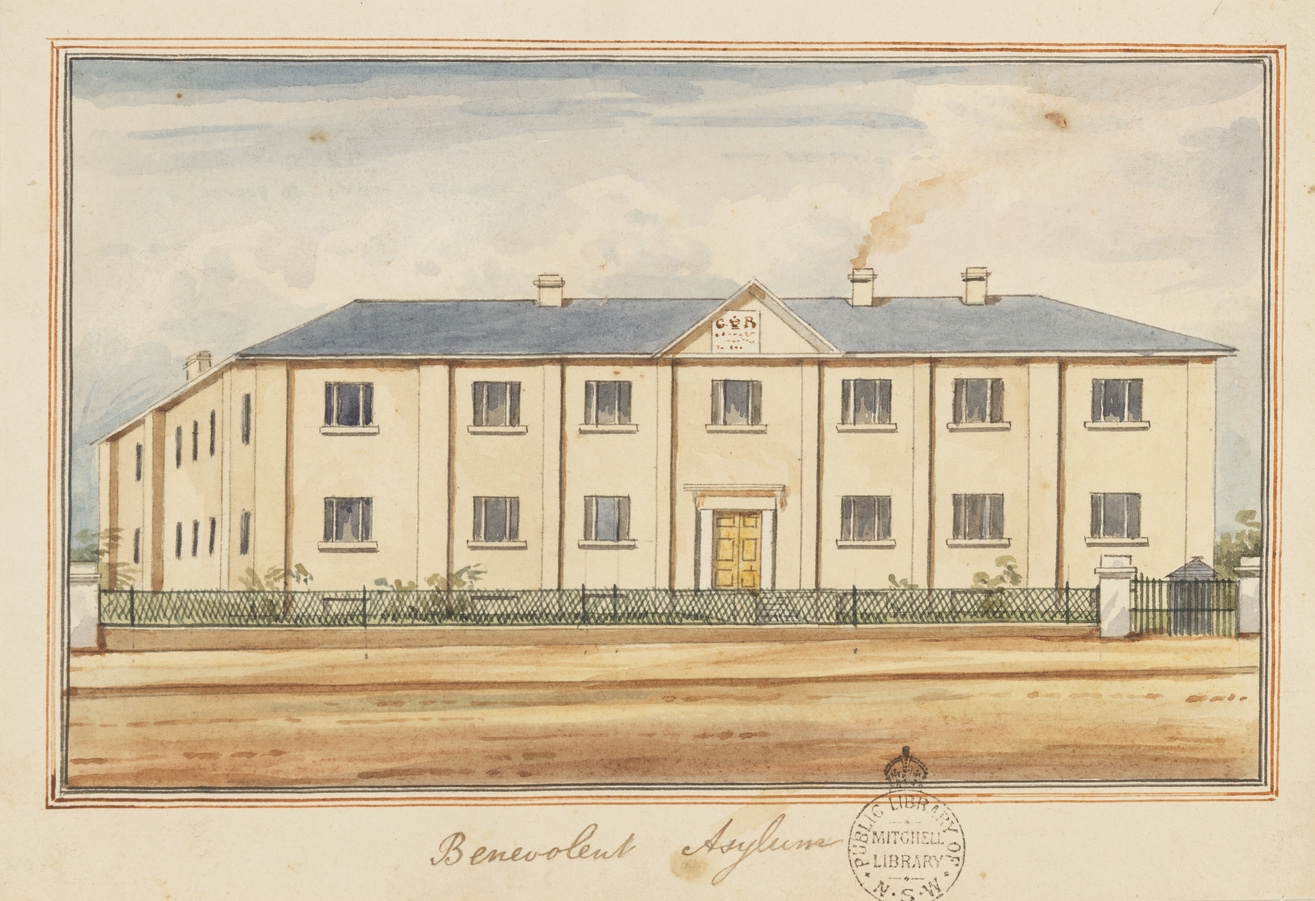
Why did Bent print an uncensored newspaper?
The Supreme Court of Van Diemen’s Land sat for the first time in May 1824. Bent wanted to publish full reports of what happened in court in his newspaper, but to do this he needed a full-time reporter. He could not afford to hire a full-time reporter and pay Henry Emmett to be editor at the same time. Bent and Emmett argued over this, and the good relationship between Bent and the government came to an end.
On 4 June 1824 Bent printed and distributed edition number 422 of the Hobart Town Gazette without Emmett’s approval. This was the first uncensored newspaper to be published in Australia.
Emmett made a complaint to the new, and very strict, Lieutenant Governor George Arthur. Bent was told to go back to working with the government censor, but he kept publishing his uncensored newspapers.
Research task
Research one Australian newspaper (it might be your local newspaper). When was the newspaper first set up? Is the newspaper still being published today? How do you think newspaper reporting and publishing changed across the life of your chosen newspaper?
How did Bent get permission to publish freely?
In August 1824 Bent asked that the Hobart Town Gazette be allowed to keep being published as a free newspaper. New South Wales Governor Thomas Brisbane agreed, and the Gazette was now legally free of censorship. But Lieutenant Governor Arthur was angry that Bent had bypassed him and appealed to Governor Brisbane.
Now that he was free of the censor, Bent began publishing letters and reports in the Gazette that criticised the government in Tasmania. This angered Arthur even more. Arthur said he was confused to find the ‘Official Gazette of the Island converted into a powerful engine against the government’.
What actions were taken against Bent?
On 1 August 1825 the Van Dieman’s Land government charged Bent with libel. He was sentenced to six months imprisonment and fined £518. Arthur made sure that Bent lost all his government printing contracts, and the government began printing its own newspaper, using exactly the same title and edition number as Bent’s.
Despite this, Bent kept publishing private newspapers, but was again prosecuted for libel in 1828, 1830 and 1836. In 1841, tired of the difficulties he faced as a newspaper publisher in Hobart, Bent moved his family to New South Wales and became a businessman.
Despite the setbacks that Bent had faced, the beginnings of a free press had taken root in Australia. As further evidence of this, on 14 October 1824, the first edition of Robert Howe’s Australian, the first uncensored newspaper on the mainland, was published in Sydney.
Read a longer version of this Defining Moment on the National Museum of Australia’s website.
Research task
Use the Australian Dictionary of Biography to create a timeline of Andrew Bent’s life from his early days in London to his death in Sydney in 1851. Mark on your timeline as many key moments in his life as possible.
 What did you learn?
What did you learn?
1. Why were Australia’s first newspapers censored by the government?
2. What was different about edition 422 of the Hobart Town Gazette and Southern Reporter?
3. What happened to Andrew Bent after he began to publish letters and reports critical of the government in Tasmania?






